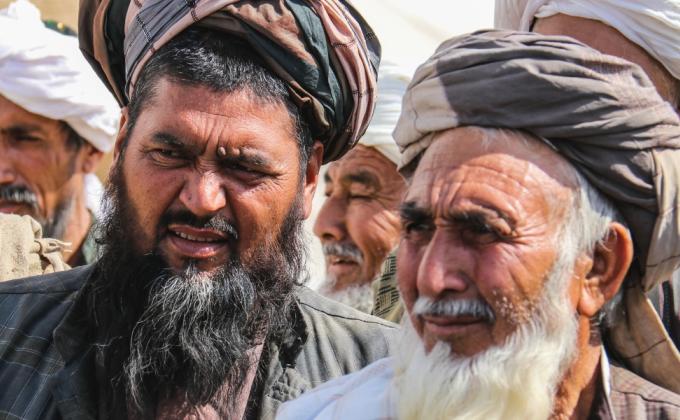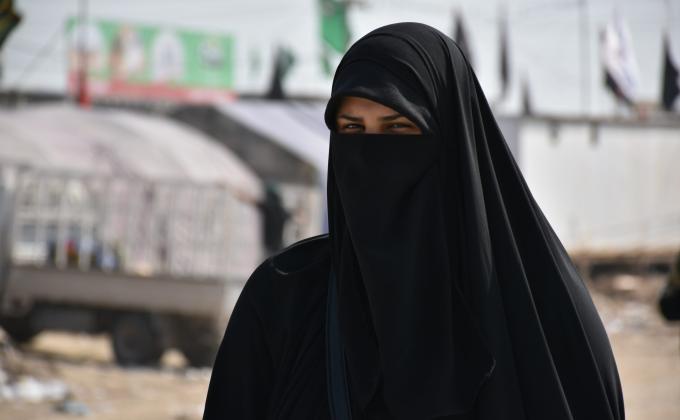More than one year since the Taliban’s takeover of Afghanistan we must ask, “what should we expect from Taliban governance?” Governance necessitates a group’s navigation of numerous factors, including gender. One way to contextualise the Taliban’s recent re-entrance into governance (Taliban 2.0) is to examine its own past and the precedent set by fellow governing violent Islamists, such as Islamic State (IS) and Hamas. While three distinct groups, all have adopted an explicitly “traditionalist” stance. Through these transitions, all three groups have faced a dilemma stuck between their ideology and the practical issues that arise from governing. This article first explores three case studies – IS, Hamas, and the Taliban – to provide a brief but nuanced understanding of how each of the groups’ gendered ideologies has manifested in their local contexts. Second, using primary and secondary sources, it compares these groups across three critical areas of their governance praxis: implementation of gendered policies; the utility of women to the group’s strategic objectives; and bids for local and external legitimacy. In doing so, this exploratory paper examines the similarities and differences across the case studies, addressing important implications for scholars and practitioners in understanding the future direction of the Taliban 2.0, and consequences for other governing violent Islamist groups.
Photocredit: timsimages.uk/Shutterstock










